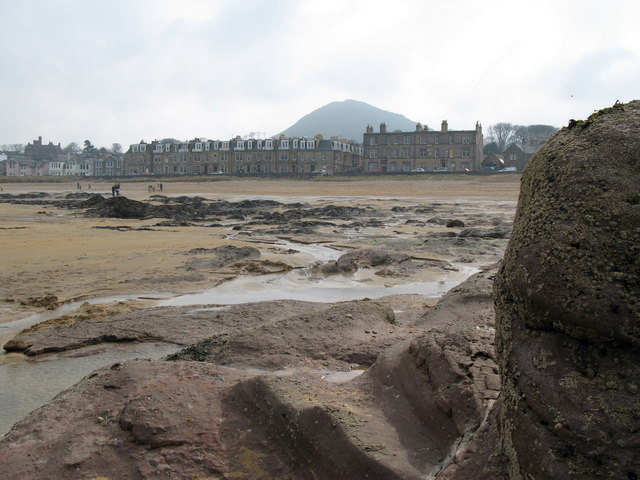The drama of the Antrim Coast lends itself well to a series such as Game of Thrones. The Iron Islands seen in Series 2 are located in the area around Ballintoy Harbour, and the harbour itself is used as a landing place for the islands, scene of Theon's homecoming. Ballintoy is just a short distance from the Carrick-A-Rede Rope Bridge, a scary but fun bridge used for accessing a small island just off the mainland. Close to the Rope Bridge is the headland of Larrybane, the dramatic setting for Renly Baratheon's camp. The small, picturesque village of Cushendun lies further round the coast to the east, and is famous for its caves, which are believed to have been formed over 400 million years ago. In the series the caves are the location of Storm's End, where Davos Seaworth and Lady Melisandre make their landing and where the 'shadow baby' is born. The unspoilt Murlough Bay near Ballycastle is the scene of Theon's horse ride with his sister yara, and is also where Davos is rescued from the Fingers by a passing ship. Downhill Beach on the Causeway Coast, with the tiny Mussenden temple perched high on a cliff top, became Dragonstone for series 2, where Stannis pulls the flaming sword and Melisandre proclaims "For the night is dark and full of terrors".
 | |
| Ballintoy harbour - geograph.org.uk - 820159. Photo by Ross, via Wikimedia Commons. |
As well as its coastline, County Antrim is known for its history and heritage, particularly its castles. Probably the most spectacularly situated of these is the ruined Dunluce Castle, on a clifftop with sheer drops on either side. This dramatic location attracted the attention of early Christians and Vikings. In the series, Dunluce Castle doubles as the House of Greyjoy. Shane's Castle, meanwhile, is a ruined 14th-century castle on the shore of Lough Neagh near Randalstown. The tournament scene from season 1 was filmed with the castle as a suitably evocative backdrop.
 | |
| Brinkview Dunluce Castle. Photo by Osioni, via Wikimedia Commons. |
Several distinctive features of the County Antrim landscape are seen in the series. In the uplands between Ballymena and Larne is the majestic Slemish Mountain, generally regarded as the first known Irish home of St Patrick. On St Patrick's Day large crowds ascend the mountain on a pilgrimage. The mountain towers over the Shillanavogy Valley, which in Game of Thrones is used to depict the Dothraki grasslands. Another prominent natural feature in the area is an avenue of arched beech trees known as 'The Dark Hedges' near Armoy in the north-east of the county. In Game of Thrones, this is the King's Road where Arya disguises herself as a boy to evade capture en route to Winterfell. Finally, the Magheramorne Quarry, five miles from Larne, is where Castle Black, home to the Night's Watch, is found. It is also the location of The Wall, which protects the northern border of Westeros. The quarry was given a snowy makeover for the series.
 | |
| Dark Hedges, County Antrim, Northern Ireland (6961336542). Photo by John5199, via Wikimedia Commons | . |
Further information about Northern Ireland locations featured in TV and film can be found on the Discover Northern Ireland website. The locations featured are easily reached from Belfast, which has an International Airport.

